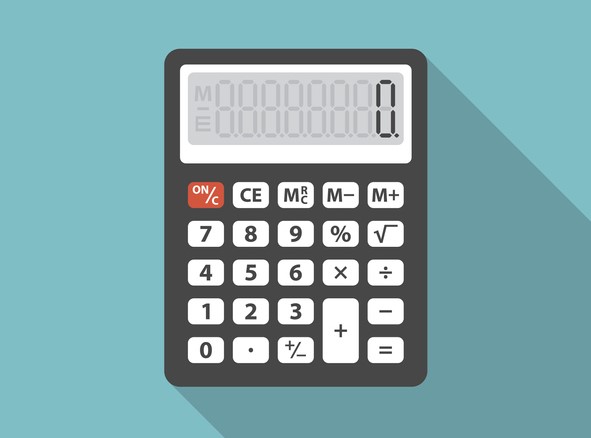Gender pay gap reporting: what employers need to know in 2021
The requirement for businesses to publish gender pay gap reports is back on the agenda for 2021. Kate Palmer, HR Advice and Consultancy Director at Peninsula, explains what employers need to know about gender pay gap reporting.

What is the gender pay gap?
The gender pay gap is the difference in the average hourly earnings (excluding overtime) between men and women. Usually felt by women, it has been a significant cause for concern for decades. And while it shows signs of closing, the gap remains a symbol of inequality between the sexes.
What is gender pay gap reporting?
To address this, the government introduced an obligation on employers with at least 250 members of staff to publish data on the salary of their male and female employees annually – a ‘snapshot’ of their gender pay data.
Due to the coronavirus outbreak, the Government Equalities Office (GEO) and the Equality and Human Rights Commission (EHRC) suspended enforcement of the gender pay gap deadlines for 2019/20, meaning there was no expectation on employers to report their data.
However, the government has since confirmed that gender pay gap reporting will return and that eligible employers in the private sector will need to produce a report by 4 April 2021. The report deadline set at 30 March 2021 for the public sector.
What needs to be included in a gender pay gap report?
Government guidelines say that gender pay gap reports in 2021 should:
- focus on the ‘snapshot’ date of 5 April 2020 in the private sector
- focus on the ‘snapshot’ date of 31 March 2020 in the public sector
- take furloughed staff into account when considering whether their business meets the requirement of having at least 250 staff on the snapshot date and is required to produce a report
- not include employees in the ‘reporting pool’ if they were not on full pay on the ‘snapshot’ date – meaning that any member of staff who was furloughed, and who did not have their pay topped up to 100%, can be discounted from the report for the purposes of hourly pay calculations
- include furloughed staff in any calculations relating to bonus pay, regardless of whether their salary was “topped up” to 100% or not
Due to the impact of COVID-19, employers may find that the results produced by their report show an increase, or decrease, in the gap that may not be representative of reality. With this in mind, it’s crucial that any report produced is combined with a detailed explanation of the figures. If there is a substantial change, employers should explain that this is as a result of the number of staff on furlough or other coronavirus related impact.
About the author
Kate Palmer is HR Advice and Consultancy Director at global employment law consultancy at Peninsula.
See also
How can companies address the gender pay gap?
Executive pay ratio reporting: what do you need to know?
Find out more
Gender pay gap reporting (GOV.UK)
Image: Getty Images
Publication date: 1 February 2021
Any opinion expressed in this article is that of the author and the author alone, and does not necessarily represent that of The Gazette.
